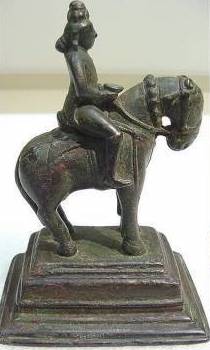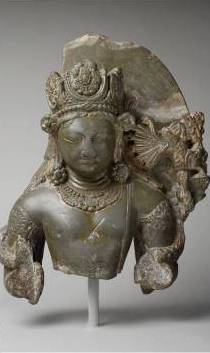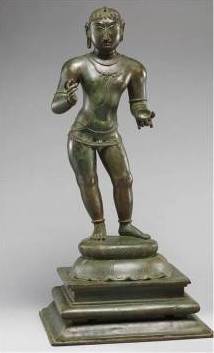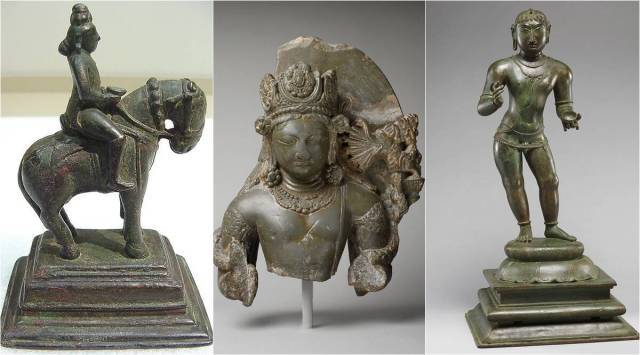In a significant development, the Union Culture Secretary, Govind Mohan, announced that fifteen antiquities returned by the Metropolitan Museum of Art in New York are expected to arrive in India within the next 3-6 months. This marks the first batch of antiquities that the Met has willingly agreed to return to India, showcasing a positive step towards repatriation. Alongside the 15 objects returned by the Met, an additional 135 antiquities confiscated by US authorities and currently held in the office of the New York Attorney General, will also be returned to India.
While briefing reporters on the third G20 Culture Working Group meeting in Hampi, Govind Mohan revealed that efforts are underway to send a team to the US to verify the antiquities and facilitate their return. The return of these artefacts comes after an investigation by The Indian Express in association with the International Consortium of Investigative Journalists (ICIJ) and UK-based Finance Uncovered. The investigation had traced a collection of artefacts at the Met to Subhash Kapoor, an antique dealer currently serving a prison sentence in Tamil Nadu for smuggling antiquities.

The Met, in response to the investigation, issued a statement on March 30, announcing its intention to return 15 sculptures to the government of India. The museum acknowledged that these works had been illegally removed from India and had been sold by Subhash Kapoor. Among the notable items listed for return are the Celestial Dancer, a 1st-century BCE Yakshi terracotta from West Bengal, a bronze sculpture of God Revanta Returning from the Hunt dating back to the 10th century CE, and a 15th-century Parikara (Backplate).
The remaining antiquities set to be repatriated include artefacts made of marble, terracotta, and sandstone, spanning a period of 1,600 years from the 1st century BC to the 15th century AD. These objects hold significant historical and market value, further emphasising their cultural importance to India.

The restitution of cultural heritage is one of the main focuses of the cultural track under India’s G20 Presidency. The 1970 UNESCO Convention urges signatory countries to voluntarily return artefacts that were acquired through colonial plunder or post-colonial misappropriation, including smuggling and theft. Govind Mohan highlighted the extensive discussions on the 1970 convention among countries and emphasised the need for broad consensus, particularly among G20 countries, to become signatories to the convention. India stands to benefit greatly from this process.
In reference to the Cultural Property Agreement signed between India and the US, which was mentioned in the joint statement following Prime Minister Narendra Modi’s recent State visit, the US has committed to intercept smuggled goods at the border and promptly return them to India. This framework provides hope that other countries will follow suit. India is actively pursuing bilateral agreements with countries such as the United Kingdom, France, Italy, and Australia to facilitate the repatriation of cultural artefacts.

The ongoing third CWG meeting, attended by 50 delegates from member countries, guest nations, and multilateral organisations, has shown progress in bridging opinions and reaching a consensus. Govind Mohan expressed optimism about the outcome and emphasised the importance of international cooperation in preserving and returning cultural heritage to its rightful place.
The impending return of these antiquities from the Met and other US authorities demonstrates a positive step forward in repatriating India’s cultural treasures. It signifies a growing global recognition of the importance of safeguarding and preserving cultural heritage and represents a victory for India in its efforts to reclaim its lost artefacts.

Contributor





